Scotland is the kind of place where it’s just as easy to travel geographically across the map as it is to find those doorways leading down corridors of times long past. On countless occasions I’ve tramped along coasts and over hills to find the mouldering stones and camouflaged earthworks of ancient monuments (according to the classically understated signage). It’s difficult to convey what a distinct and exotic pleasure this is for an American like me, whose homeland’s ancient history was methodically erased or churned under the grinding wheels of imperialism.
I recognize this kind of accessible history is available many places in the world, but Scotland’s history speaks to me. I love the opaque myths of druids and warrior women like Scathach and the clashes of the Iron Age clans (like the Maeatae and Caledonii) against Agricola’s invading Romans. The dim, centuries-long Dark Age that followed on the fall of Rome before the Normans conquered Britain is so light on historical fact — and ripe for historical fiction, ahem — that the chance to stand at the heart of one of Scotland’s ancient monuments can’t help but cast the imagination to the heavens.
As I came through Angus and Aberdeenshire one recent spring, I knew I would have to visit the Caterthuns, a pair of Iron Age Pictish hillforts near Edzell and Strathmore.
I’d read about the Caterthuns during my survey of Pictish history, which formed part of the research for my novel, and found these two, low-mounded hills on either side of a narrow B road. The Caterthuns, individually known as the White Caterthun and the Brown Caterthun, don’t stand much taller than 150 feet above the road yet command quality views of the pastoral Angus countryside.
I briskly ascended the White Caterthun to lay my eyes upon the vitrified oblong fort ruined atop the hill’s eminence. The path runs through layers of defenses and history: Annexes and terraces, ramparts with palisades, even rock-cut ditches and drystone walls. Inside the circle of rubble there’s evidence of enclosures, a well, and possibly Bronze Age markings.
The White Caterthun appears to have been home to a well-defended settlement, but we don’t know much more about it other than that it was built between 750-200 BC.
The Brown Caterthun, on the other hand, appears to be quite different in nature. Here there’s no evidence of settlement, and the nine radiating entrances lend credence to the idea that this was a ceremonial or spiritual construct.
The people who may have lived on these hills were not simple. They were sophisticated builders and artisans with beliefs and systems that are not belittled for being forgotten. One day we, too, will be forgotten. Neither memory nor history dictates the measure of a person.
The Caterthuns stand windswept and lonely on the Balnamoon Estate in northern Angus. They are a nice trek with wonderful views of Angus and the looming Cairngorms Mountains, and provide that extra dimension of history interleaved with, and just out of sight of, our perception.
Who were the Picts? Who were the people who built these hillforts and monuments? Who is the person standing on the hill wondering these questions? All worthy pursuits, for if we can better understand the Picts and all others we might better understand ourselves.

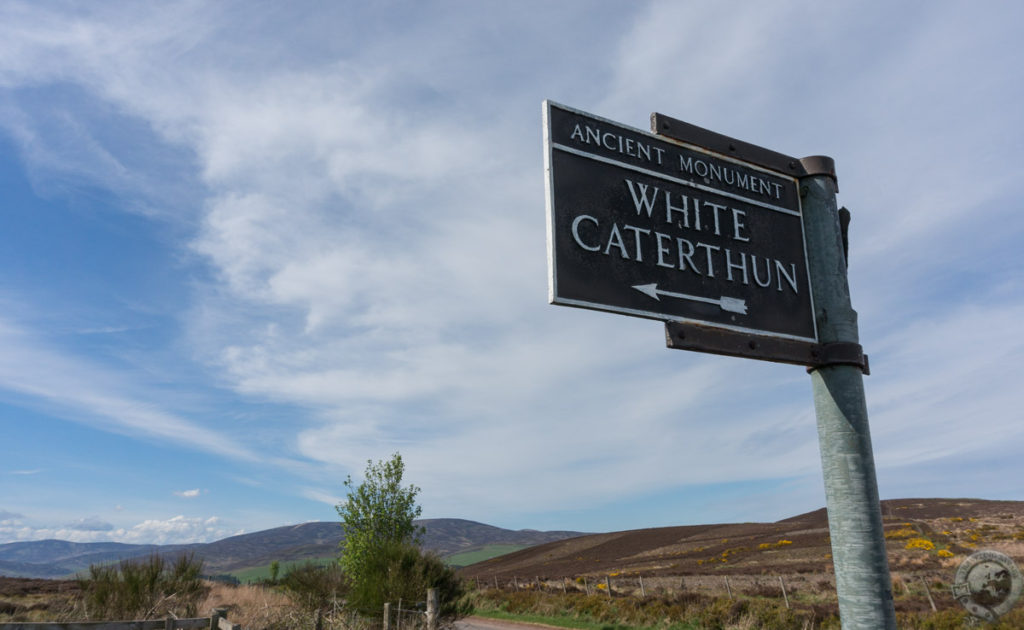
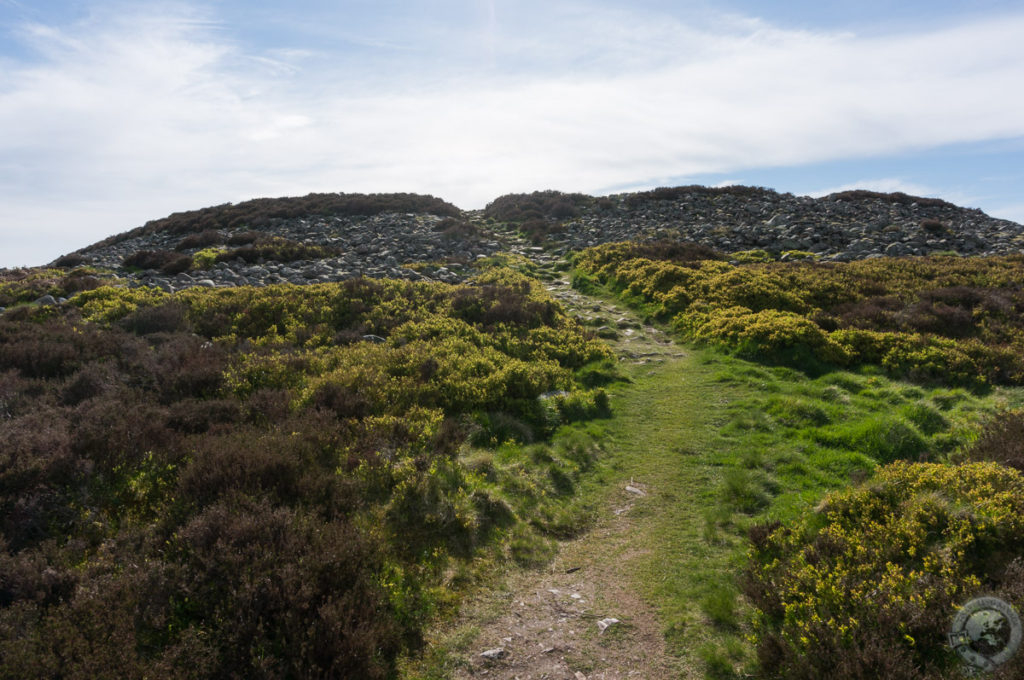
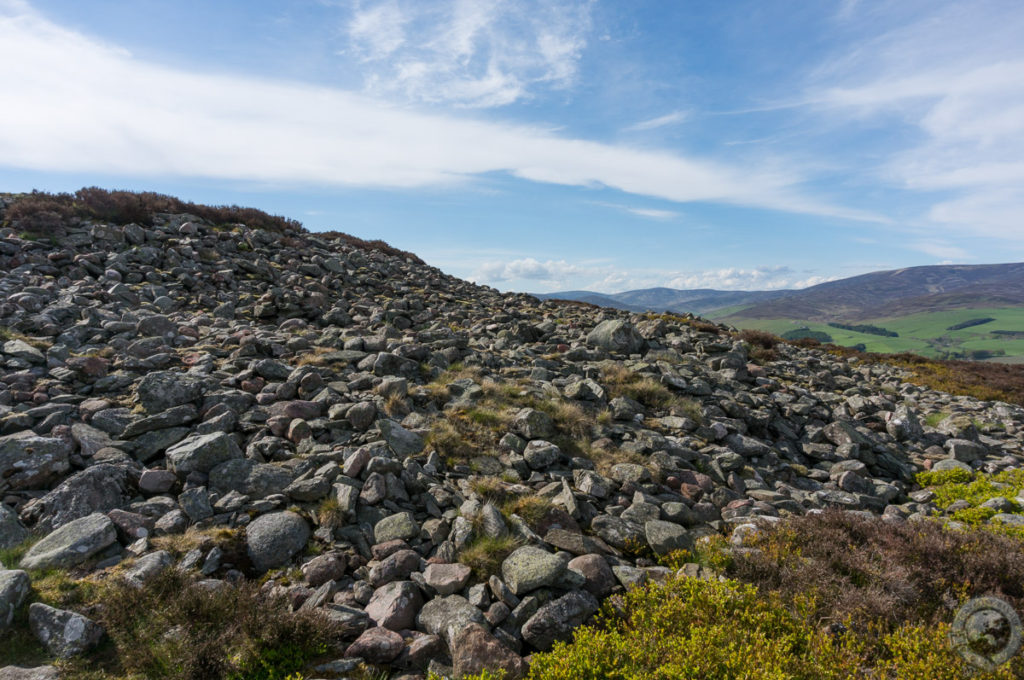
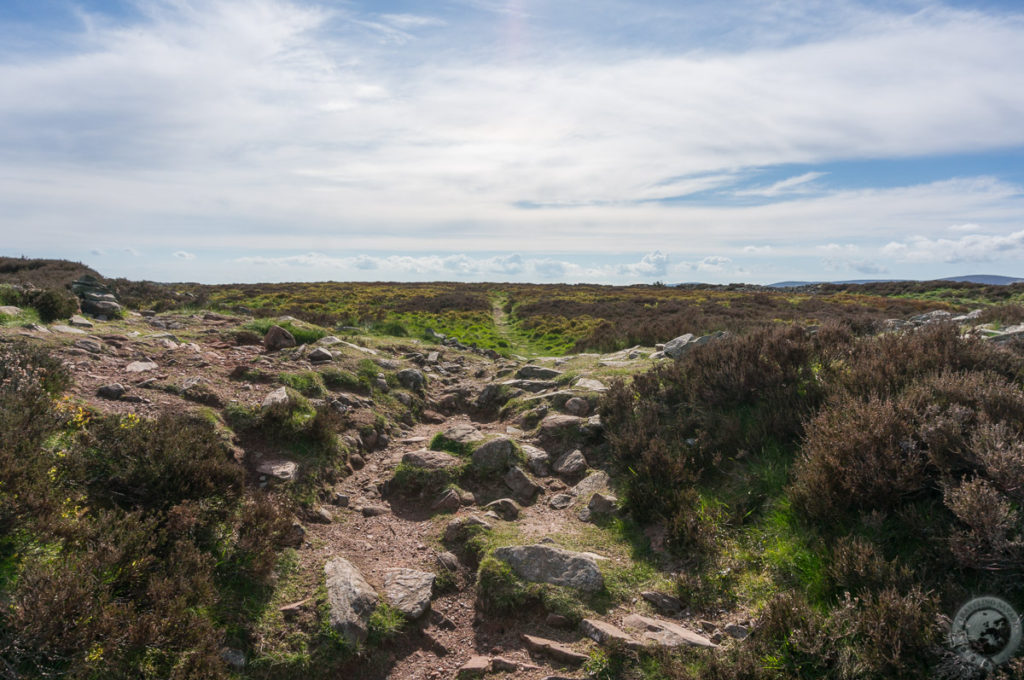
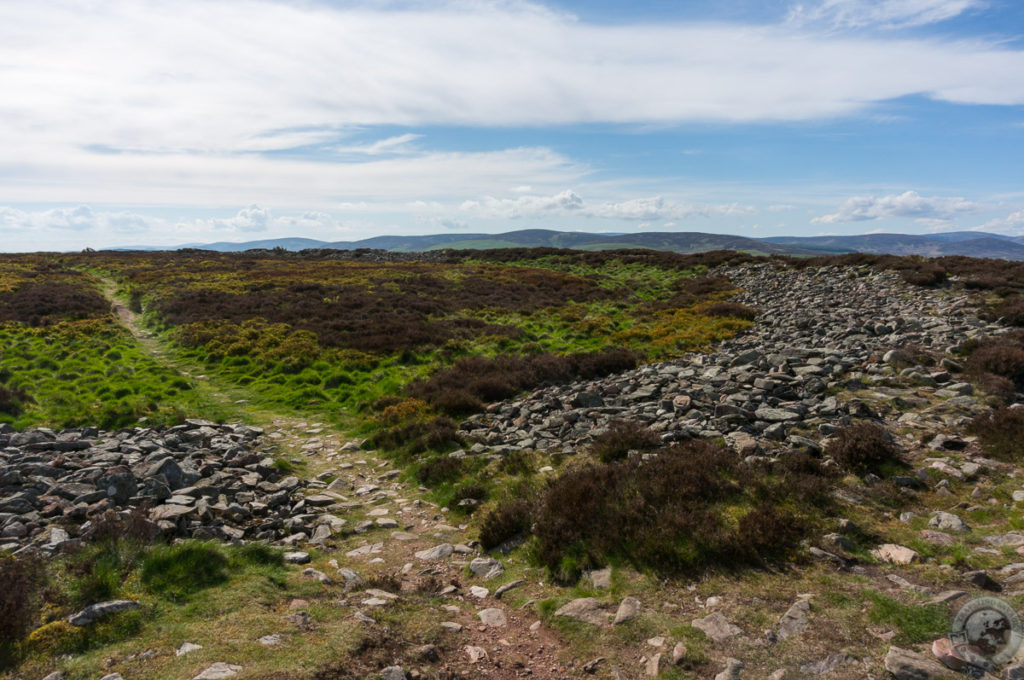
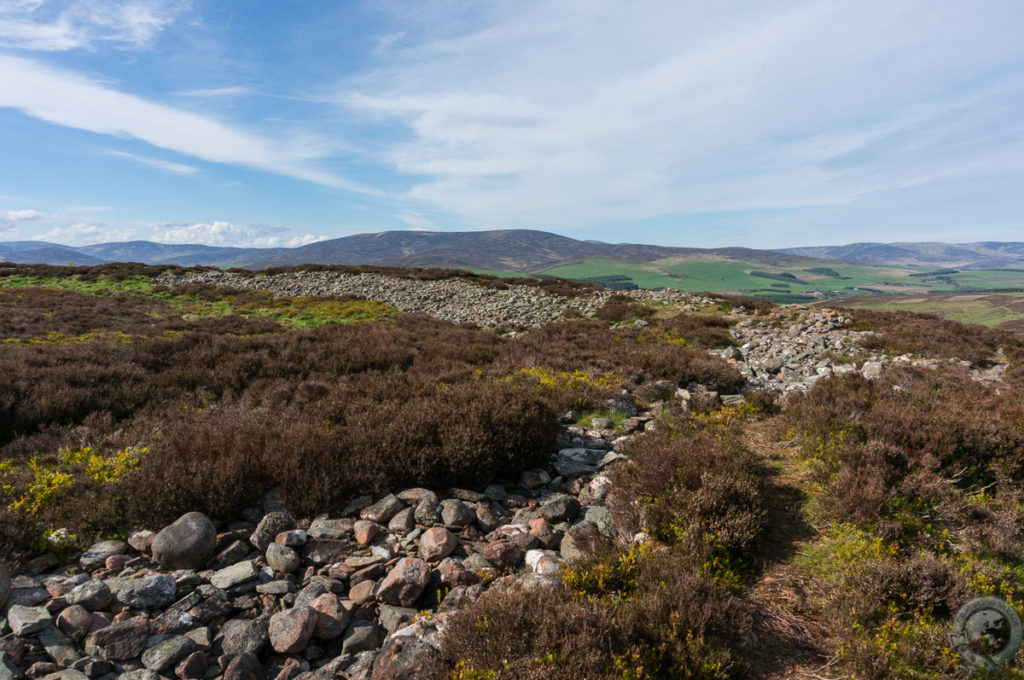
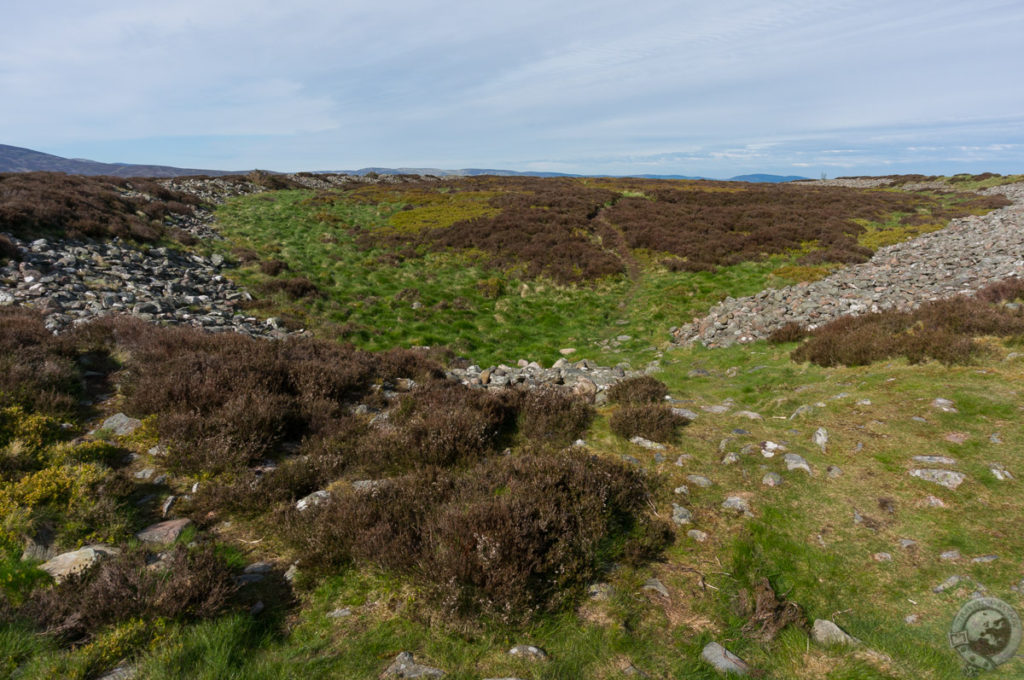
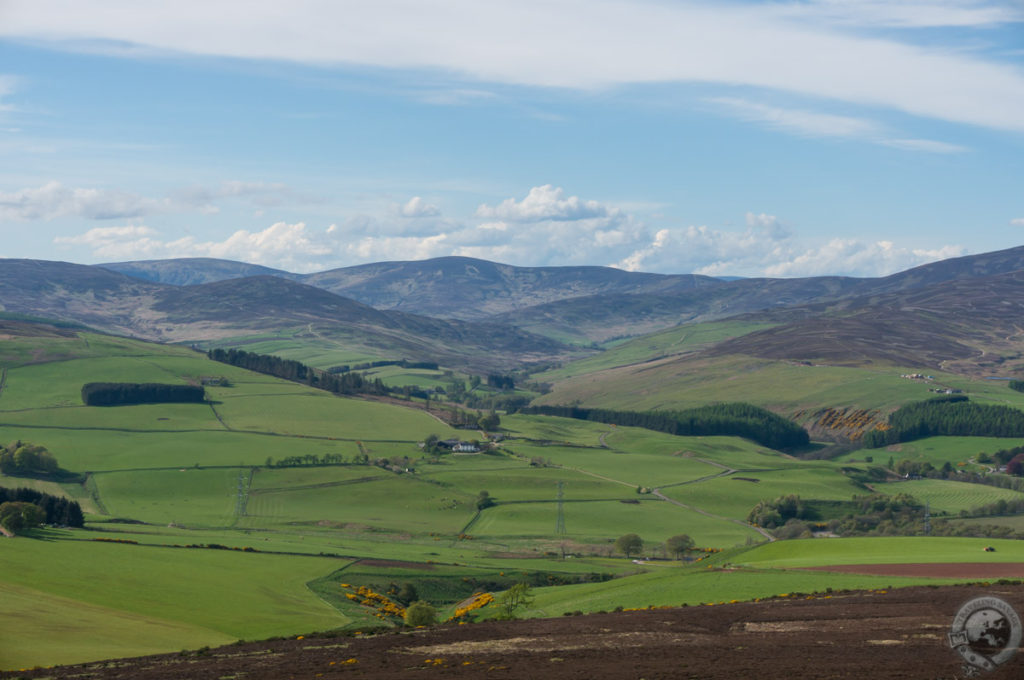
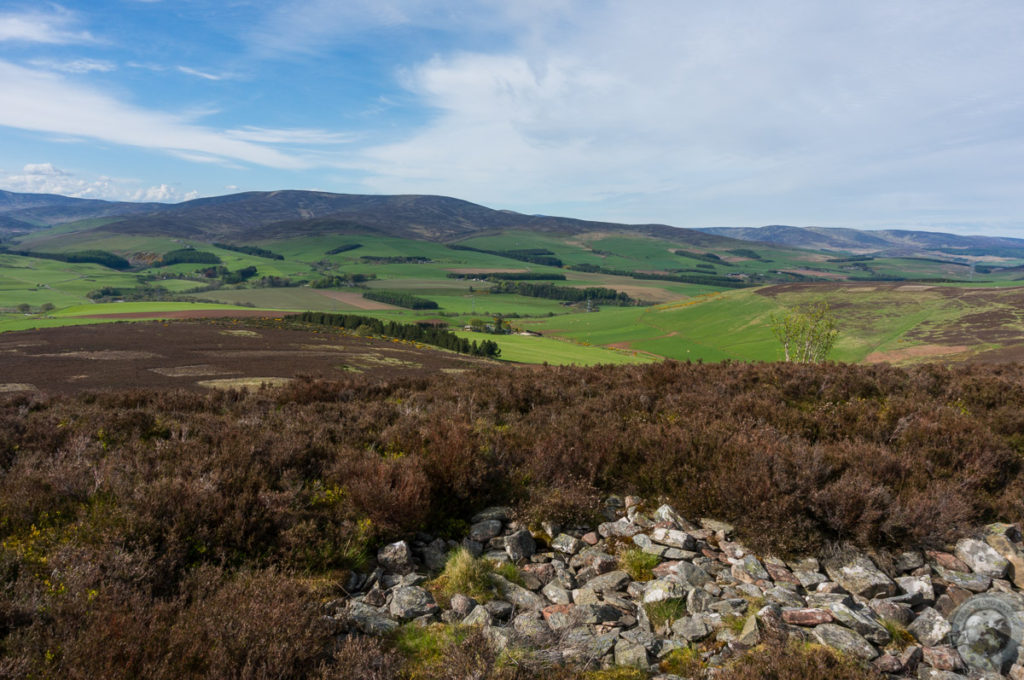
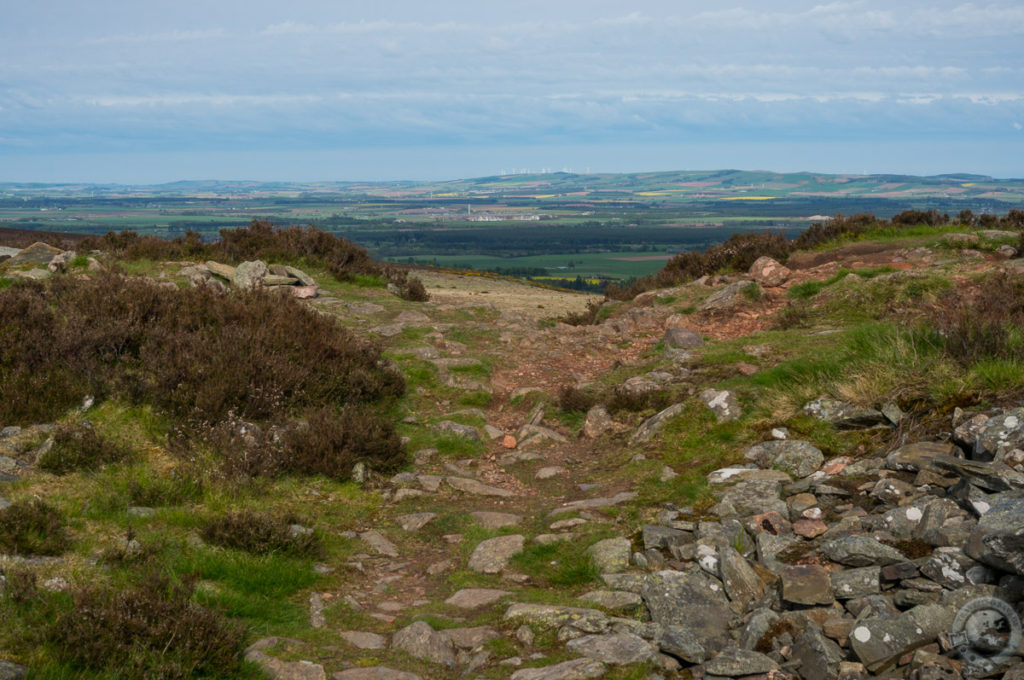
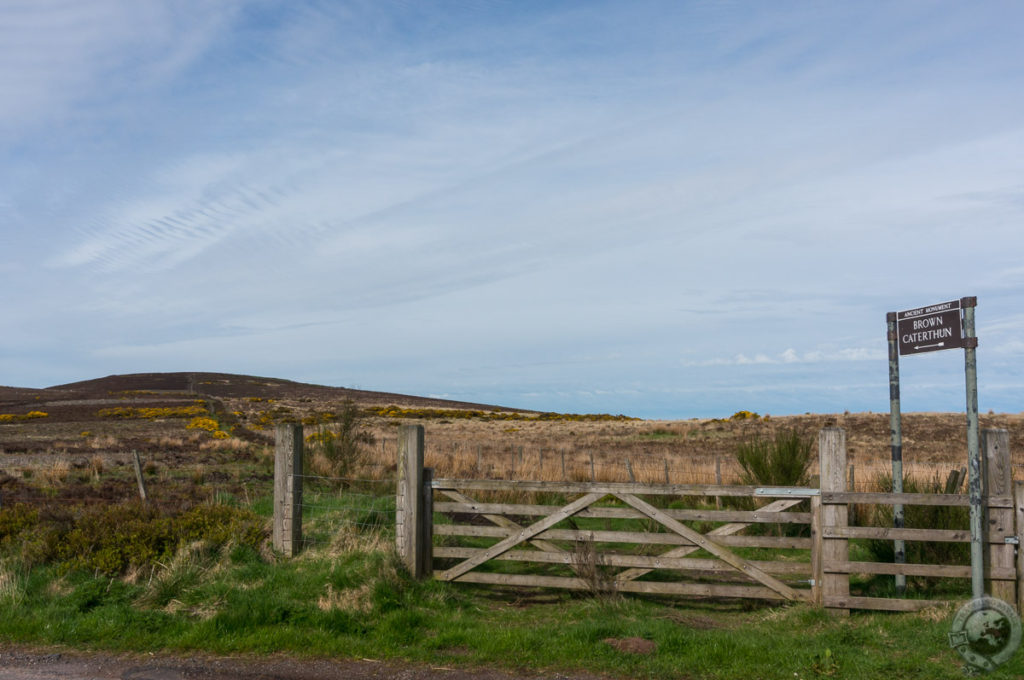
So glad you went up the Caterthun. As far as I know the stones used on top were taken from the river far below,which would have been a huge undertaking. The stone you found with markings on it was indeed Bronze Age. When up on top you have to imagine the lower reaches with much more tree cover and hardly any farmed land.
Thanks for the context, Nick!
I also write, present project “Caledonia Ablaze”
Thanks for a very inspirational blog.
I must admit though … I just can’t help picturing Mel Gibson in a kilt wandering these beautiful landscapes 🙂 Maybe I should have visited nature more instead of watching Hollywood movies. Although Braveheart is a brilliant movie.
Great blog pls keep me updated
https://www.mysaifco.com/umrah-travel-agency/
Embark on a journey through time and terrain with captivating narratives unraveling the mysteries of the Iron-Age Picts, while stunning visuals breathe life into ancient landscapes, enriching every page with vibrant hues and vivid tales.
Keith, I’m truly captivated by your exploration of the Caterthuns hillforts and the intriguing insights into the Iron Age Picts. Your blend of historical context with personal observation paints a vivid picture of these ancient sites. It’s refreshing to see how you connect the dots between past and present, giving us a window into the lives of Scotland’s early inhabitants. Thanks for shedding light on such a fascinating topic!
2qxvls